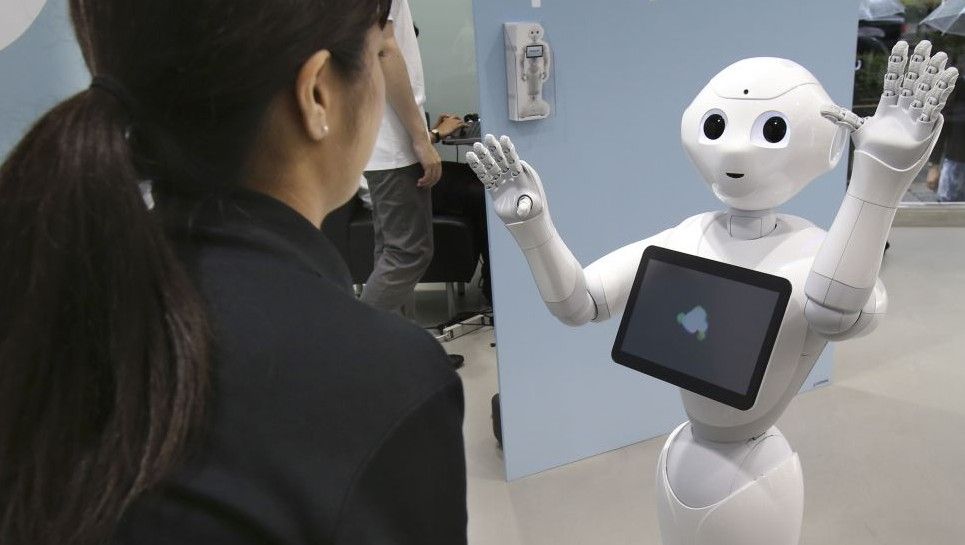Women will want to design their own robots especially those that would provide any companionship to them or even as a caregiver. Granted we’re still 30+ years off for that level of sophistication. And, the 1st woman owned and ran robot company with women engineers; will make billions because this is a huge void currently.
Whether robots could one day think for themselves and the how this would affect humans’ relationships with them is a common subject in science fiction. However, novelists are increasingly investigating another burning issue: could robots love a human?
Imagine a Venn Diagram with one circle representing the dark steeliness of humanoid robots and the other the flowery soft-focus pink of a Mills & Boon romance.
What would happen where the circles cross?

















